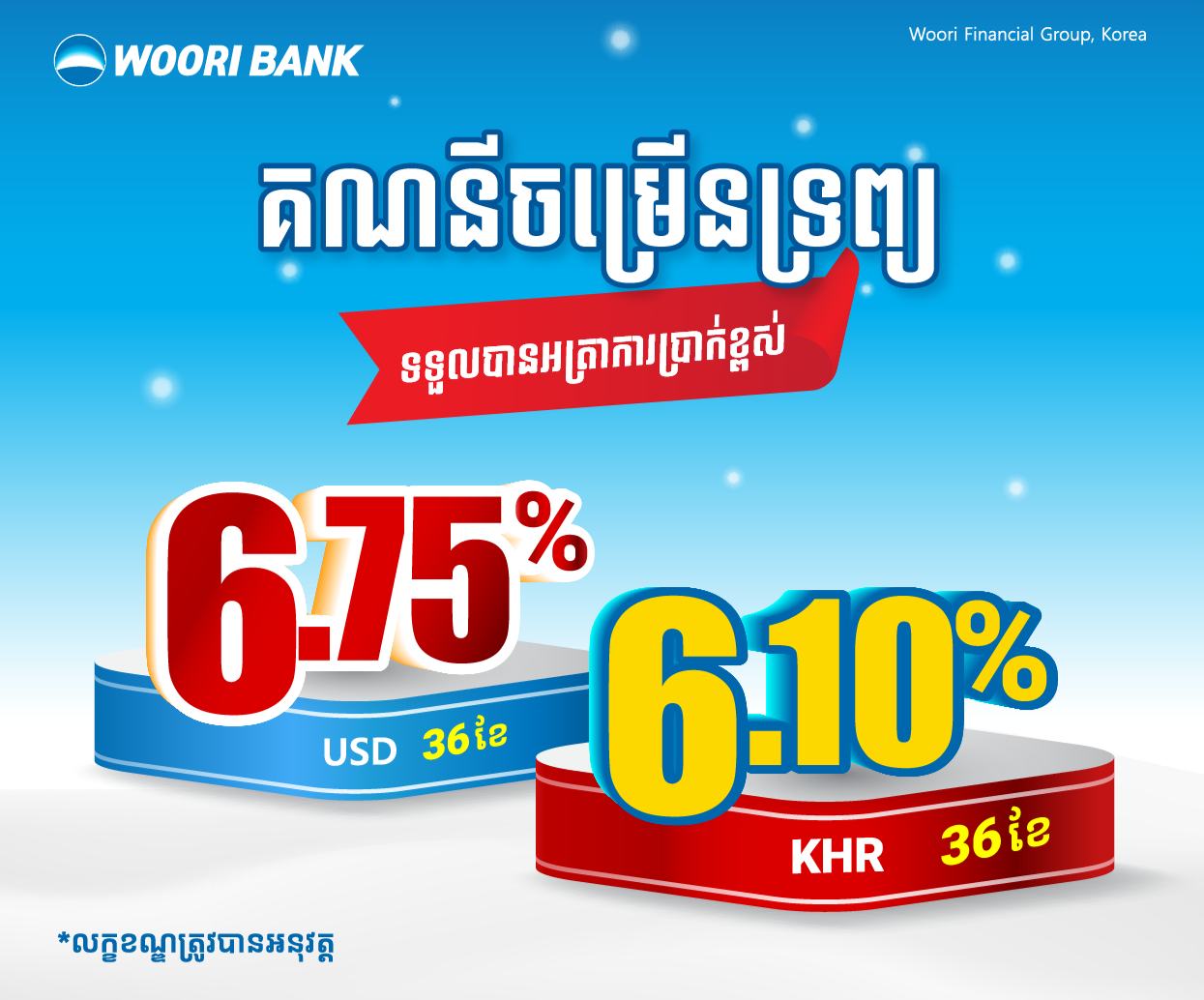
Shoppers and diners enjoying the festive atmosphere at Pavilion Kuala Lumpur ahead of Chinese New Year. PHOTO: THE STAR
PETALING JAYA – The thrill of shopping is entering a peak with malls experiencing higher foot traffic driven by the festive and holiday mood.
Several popular malls in the Klang Valley are reporting up to a 10% increase in business, with the bouyant customer mood carried through from the year-end festive period.
Malaysia Shopping Malls Association president Phang Sau Lian said she expects the trend to continue into the first quarter and beyond.
“Christmas, the Chinese New Year and the school holidays have kept things going well. This trend will be further boosted by the coming Hari Raya period.”
She also highlighted that long school holidays contribute to this economic boost as families engage in shopping, dining, and entertainment, significantly driving mall traffic and sales.
“Data shows that mall foot traffic during the Christmas and New Year season rose by 5% to 10%. Retailers have reported encouraging sales growth, indicating that pricing strategies were aligned with consumer confidence and favourable economic conditions,” she said yesterday.
She said most shopping malls in Malaysia primarily depend on local consumers for revenue.
Malls in tourist-heavy areas see significant contributions from tourist spending, especially during festive periods.
“To enhance the shopping experience and attract both locals and tourists, most malls invest heavily in elaborate festive decorations and themed events.”
Phang said that department stores are expected to benefit from the strong retail momentum driven by the clustering of festive holidays, the December school holidays, and increased consumer activity in the first quarter.
Phang added that while foot traffic has improved, some stores still underperformed due to factors like changing consumer preferences, rising operational costs, and competition from e-commerce.
She advised these stores to innovate with better product offerings, enhanced customer experiences, and omnichannel strategies to regain market share.
“We have observed many new brands entering the market, reflecting growing confidence in the retail landscape.
“Generally, F&B (food and beverage) outlets remain steady performers, but due to increasing competition, they need to innovate continuously to enhance customer engagement.”
For non-F&B businesses, especially those competing with online platforms, it’s crucial to identify and emphasise their unique selling points, she added.
“Providing attractive rewards, exclusive products, or enhanced in-store experiences can help these businesses differentiate themselves and stay ahead in the market,” said Phang.
Datuk Andrew Lim, president of the Malaysia Retailers Association, said festive seasons provide temporary boosts.
“Everybody is doing a lot of shopping during this period. Spending is strong, especially on food, groceries, and clothing.”
He said Malaysia’s retail sector is influenced by festive seasons, inflation, and economic uncertainty.
Lim noted that while sales typically surge during major festivals like Chinese New Year and Hari Raya, the months that follow are often quieter.
“For February and March, we expect sales to do well because of the Hari Raya period. But traditionally, April and May are slow months,” he said.
He added that inflation has altered spending habits, with consumers purchasing fewer items but spending more per transaction.
“Even if sales revenue increases, the transaction count is likely lower due to higher prices.
“Every transaction has gone up because of inflation. For example, a T-shirt that cost RM70 five years ago now costs RM90. Hence the transaction count has dropped. That means fewer people are buying, or they are buying less frequently,” he said.
However, not all categories perform the same way.
“Leather goods are not doing so well because people don’t need to buy them. But new clothes and food are popular during festive periods,” said Lim.
Looking ahead, he said government initiatives such as Visit Malaysia 2026 promotions would keep things going.
Pan Malaysia Koo Soo Restaurants and Chefs Association president Wong Teu Hoon said about 90% of reservations for reunion dinners on Chinese New Year’s Eve in restaurants have already been made.
Speaking to The Star yesterday, he expressed optimism that reunion dinner bookings will hit full capacity today, on the eve of Chinese New Year.
“Early preparations from food service operators have seen a 3% to 5% increase in the price of seafood and other ingredients typically consumed during Chinese New Year, compared with last year,” Wong said adding that the cost for set menus on the eve in restaurants has been proportionately adjusted to match the rise in ingredient prices.
Despite these adjustments, he said that the restaurant industry’s turnover was still lagging by 15% compared with pre-pandemic levels in 2019.
However, Wong pointed out that consumers nowadays are more inclined to dine out when they have their reunion dinners and even on festive days. As such, he anticipated robust business for restaurants during the Chinese New Year period.








